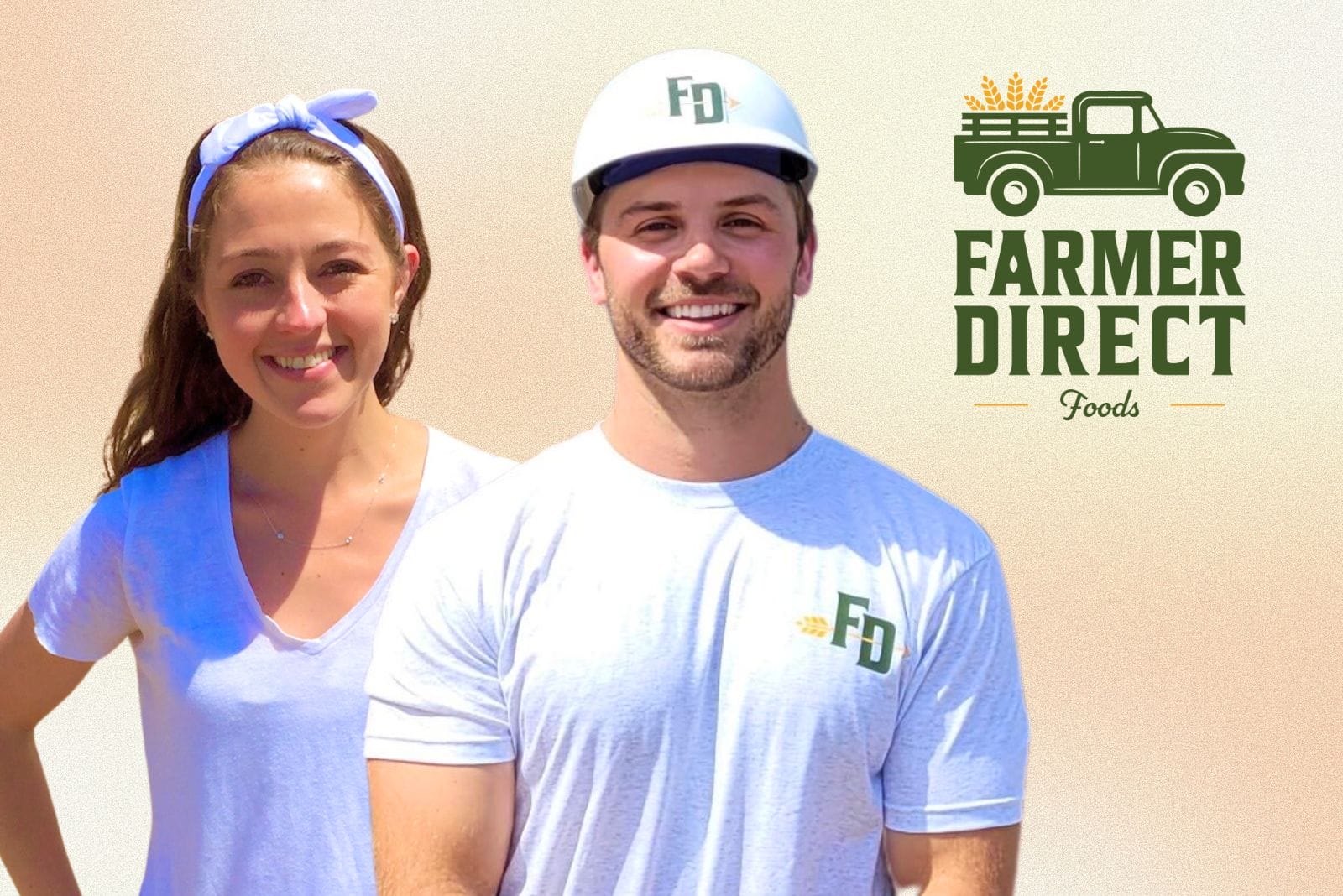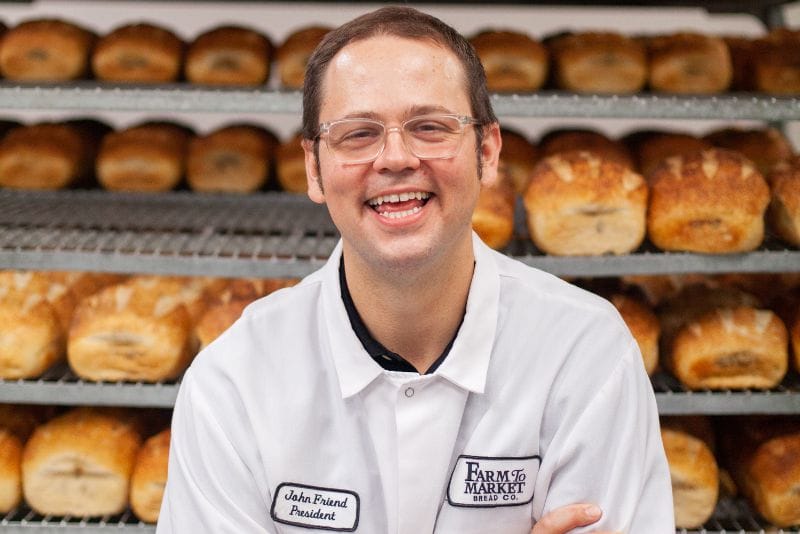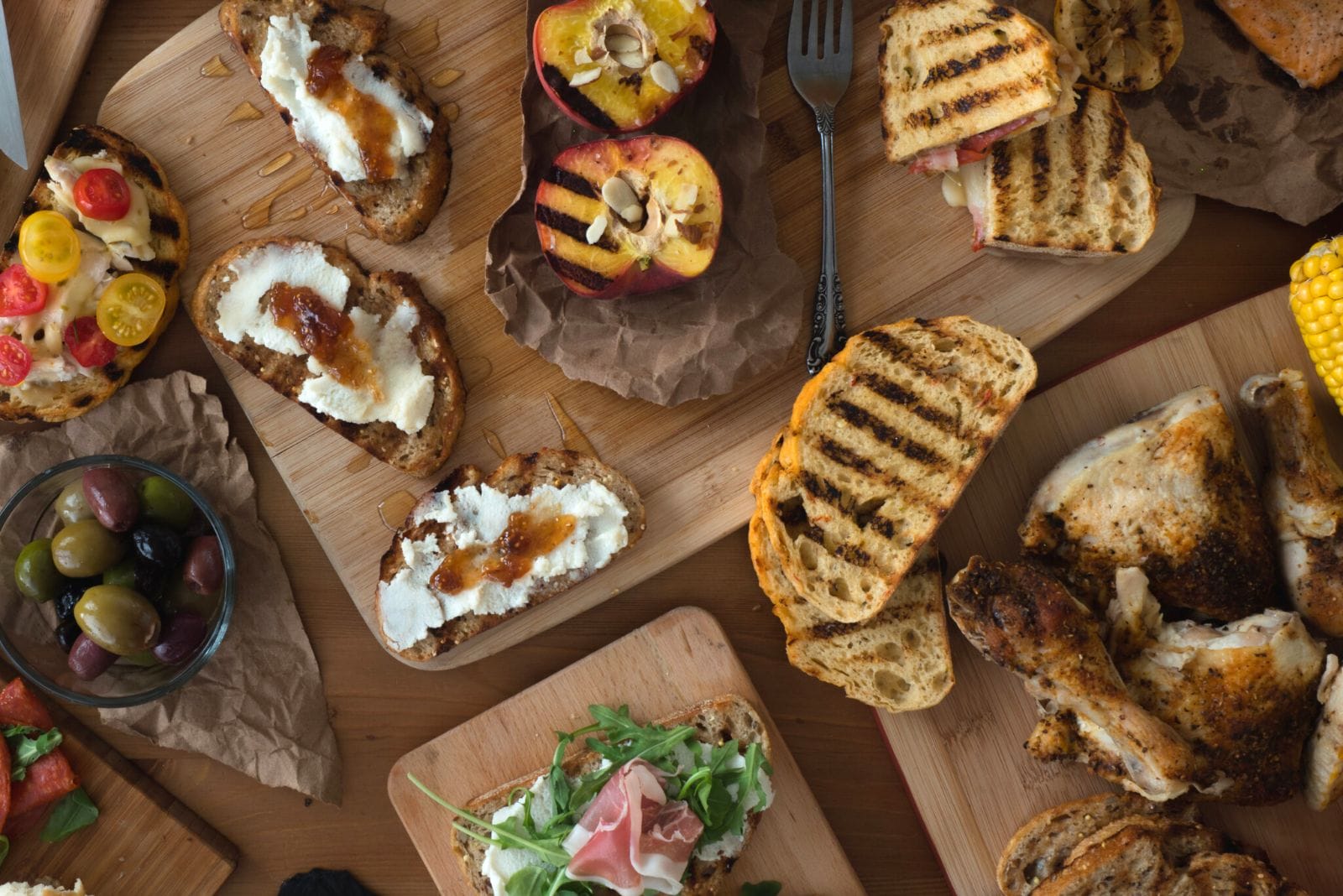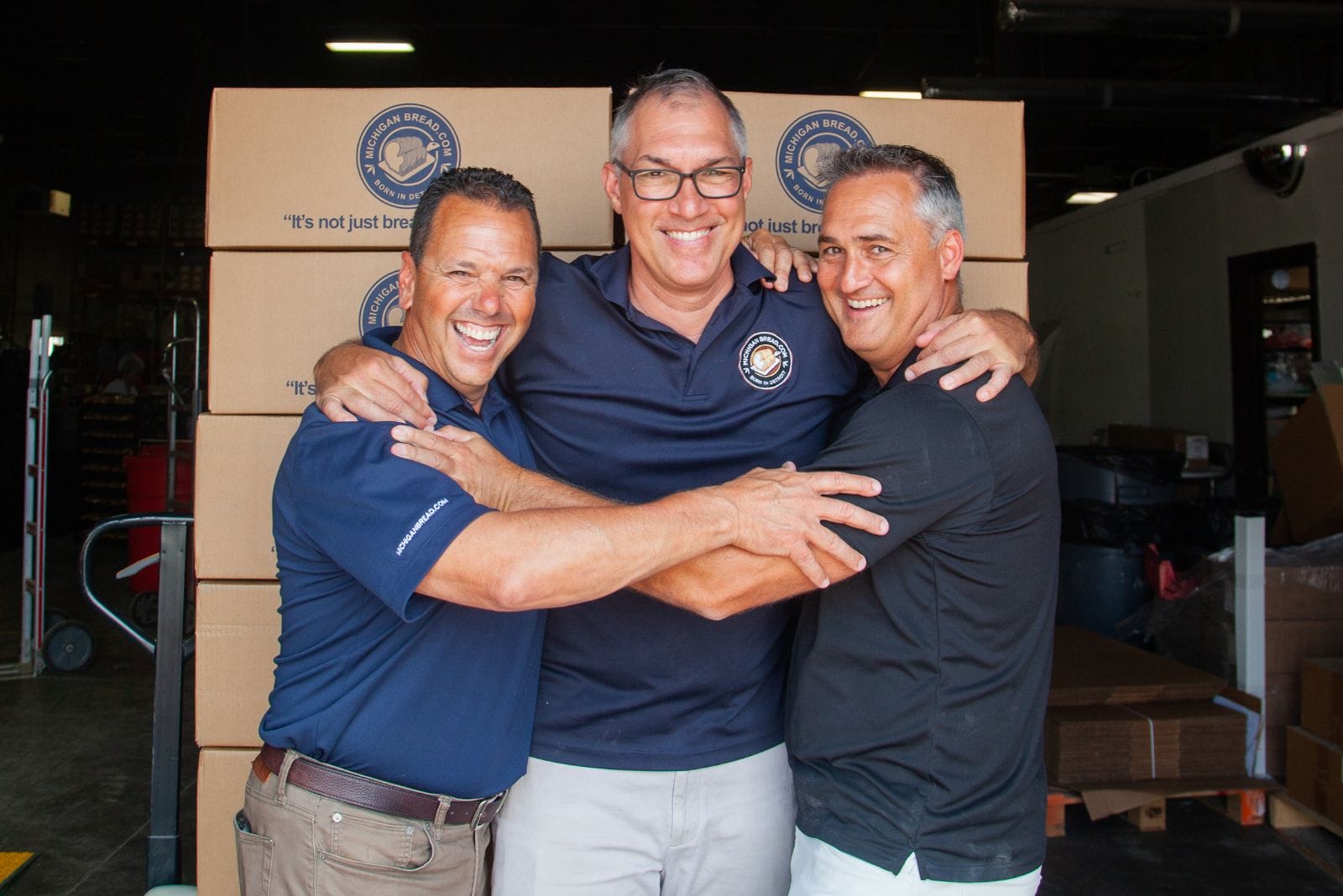KANSAS CITY, KS — Farm to Market Bread Co. will always remember its roots as an artisan bread bakery, making daily deliveries to local grocery stores when it first opened in 1993. But across three decades, as the company grew from a small operation in the back of a restaurant kitchen to a 30,000-sq.-ft. commercial production facility, so did its SKUs.
The pivot point happened in 2012, when the company moved into a small commercial production facility near downtown Kansas City, MO, to take on more foodservice accounts and the custom orders that came with them. This brought rapid changes that expanded the company’s product mix and evolved its business model.
The bakery’s portfolio had grown to include artisan breads, buns and rolls, and laminated pastries for daily fresh delivery to restaurants and grocery stores, and the orders weren’t slowing down. The bakery was at capacity; without freezer space or room to add equipment, new business opportunities were lost.
“We were kind of stuck and unable to grow much more,” said John Friend, president of Farm to Market. “That was the biggest lesson I learned: being able to prepare not only for five years down the road but also the next 10 years. We didn’t anticipate how quickly that space was going to run out. We had to make sure we had ample space to grow while also figuring out where the growth was going to come from.”
The bakery upgraded to a 30,000-sq.-ft. facility in 2020, returning to its home turf in Kansas City, KS, to grow alongside its regional foodservice customers during the pandemic. Its SKU proliferation has followed.
 “We do more than 200 different items when you break it down by size, shape and custom attributes like topping,” John said. “When we can take 200 different products out of one mix, that’s efficient for us, but when we need 20 mixes to do 200 products, it gets more labor-intensive.”
“We do more than 200 different items when you break it down by size, shape and custom attributes like topping,” John said. “When we can take 200 different products out of one mix, that’s efficient for us, but when we need 20 mixes to do 200 products, it gets more labor-intensive.”
With this broad product lineup, mixing is the key to efficiency, especially for dough types that range from brioche to pretzel to potato and more.
For example, batches mixed in six spiral mixers — four 300-lb. capacity and two 600-lb. capacity — can create small custom products all the way to large batch items like 1-lb. sliced loaves for retail or 2-lb. crusty artisan breads for restaurant table service or menu items.
The most recent mixer addition is a Sottariva 600-lb. spiral that’s equipped with a bowl lift that drops dough directly onto the makeup table for hand-chunking.
“We do more than 200 different items when you break it down by size, shape and custom attributes like topping,” John said. “When we can take 200 different products out of one mix, that’s efficient for us, but when we need 20 mixes to do 200 products, it gets more labor-intensive.”
Beyond the larger space and new equipment, the biggest factor in Farm to Market’s growth has been its freezing technology: a 1,200-sq.-ft. storage freezer as well as an Airco CO2 spiral blast freezer.
While the blast freezer provides potential for individually wrapped frozen finished pastries, the walk-in, which runs at -10°F, has opened up a world of opportunity for broadline distribution to foodservice.
“Before, all we had was a three-door freezer for pastry dough,” John said. “Now, we’re shipping frozen bread out on pallets.”
Today, the bakery is developing a new frozen-fresh program for foodservice customers, many of which are local chains breaking out as national brands. It has also expanded its pastry production to offer frozen laminated dough triangles and squares as well as frozen laminated books that customers can sheet onsite.
And the new plant has plenty of room for the bakery to create yeast-raised and naturally leavened bread products that range from top-selling Grains Galore and San Francisco Style Sourdough, to custom buns and rolls, to soft pretzels of every shape and size.
The 16,000 sq.-ft. production space is home to a semi-automated process flexible enough to produce custom items with equipment that streamlines this operation, which runs three staggered shifts every day but Christmas, to complete bread deliveries 363 days a year.
 While there is ample space for artisan production stations, the new facility also provides plenty of room for growth. In the current setup, the bakery produces up to 25,000 pieces per day, and once it invests in more planned automation, including an intermediate proofer to replace the one the bakery acquired from La Brea Bakery nearly 20 years ago, that throughput will increase to 35,000.
While there is ample space for artisan production stations, the new facility also provides plenty of room for growth. In the current setup, the bakery produces up to 25,000 pieces per day, and once it invests in more planned automation, including an intermediate proofer to replace the one the bakery acquired from La Brea Bakery nearly 20 years ago, that throughput will increase to 35,000.
After products bake in one of six rack ovens or on the hearth of the deck oven, Farm to Market enjoys — and has already planned for more — packaging equipment upgrades as well as new freezer space that came with the facility.
In the packaging area, the company thought outside of the box by using a FoodTools horizontal slicer for its hamburger buns. “They do a lot of cake slicing, but this equipment is also great for slicing buns,” Friend said.
For slicing artisan loaves, the bakery has relied on its UBE slicer for years and is now ready for an upgrade to a flighted machine that will feed into an automated bagger.
The sliced loaves are currently placed into wicketed bags before they run through a new Burford takeaway twist tyer, a pure necessity from the pandemic’s skyrocketed bread sales. The Burford machine is the second for the bakery; it will create redundancy and increase throughput in this area.
Despite all these new growth opportunities, the bakery stands firmly on its foundational roots.
“After only doing fresh daily deliveries for so long, this is a big change,” Friend said. “As we add onto the frozen side of our business, we’re making sure it doesn’t change who we are but enhancing it and giving us a bigger reach. It’s been great to grow again.”
Read more about Farm to Market in the October | Q4 issue of Commercial Baking. Photos by Liz Goodwin.












